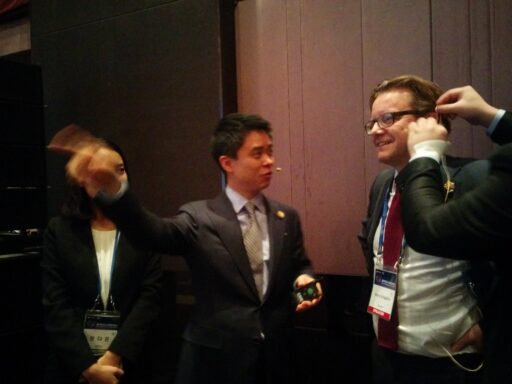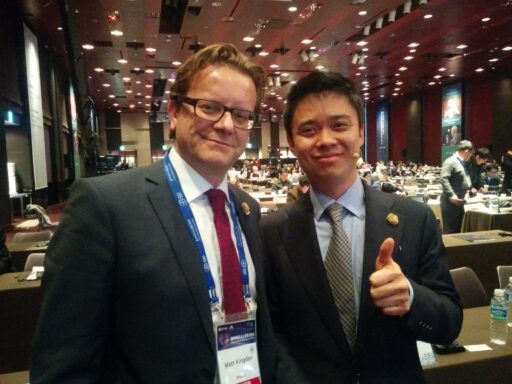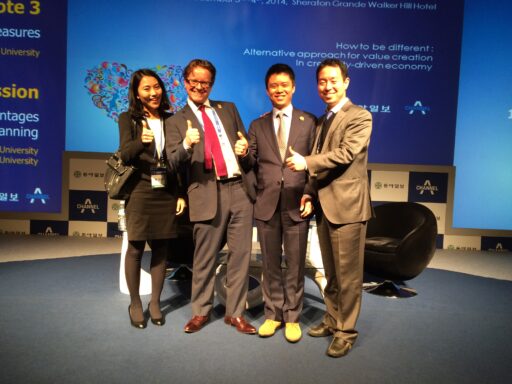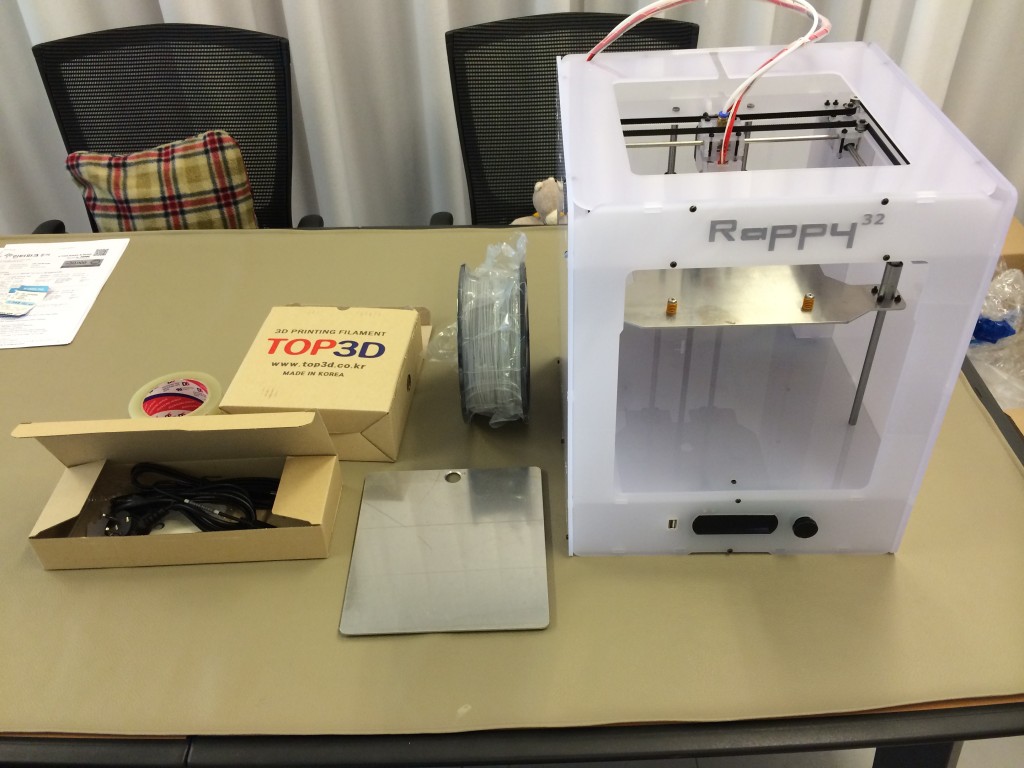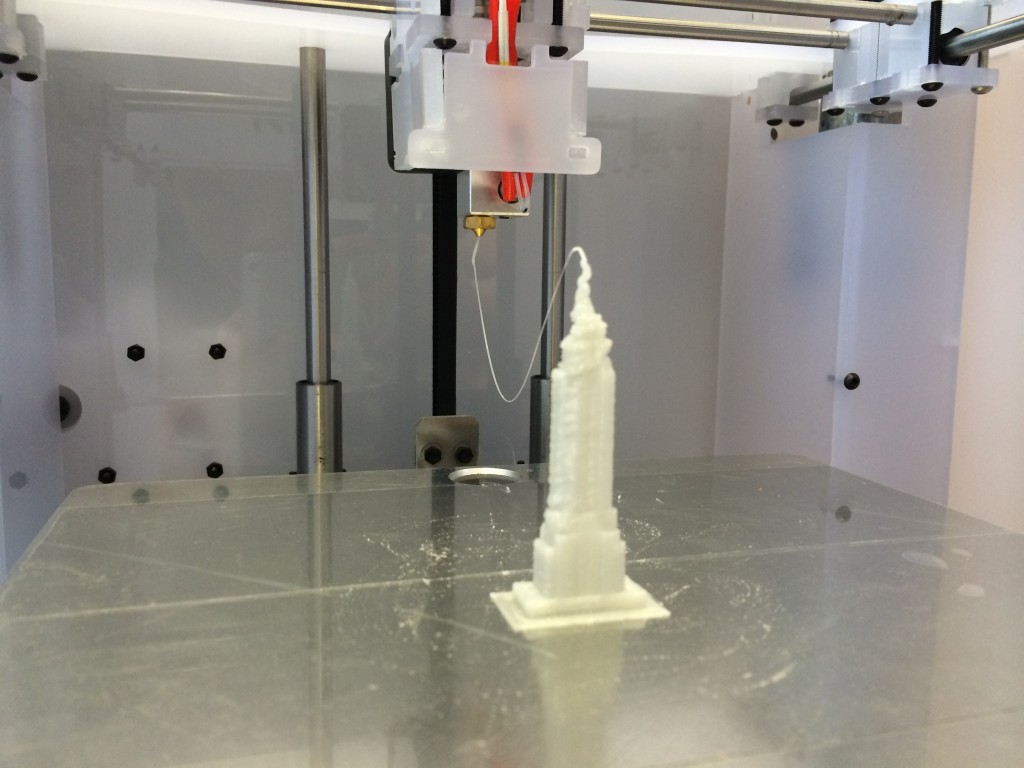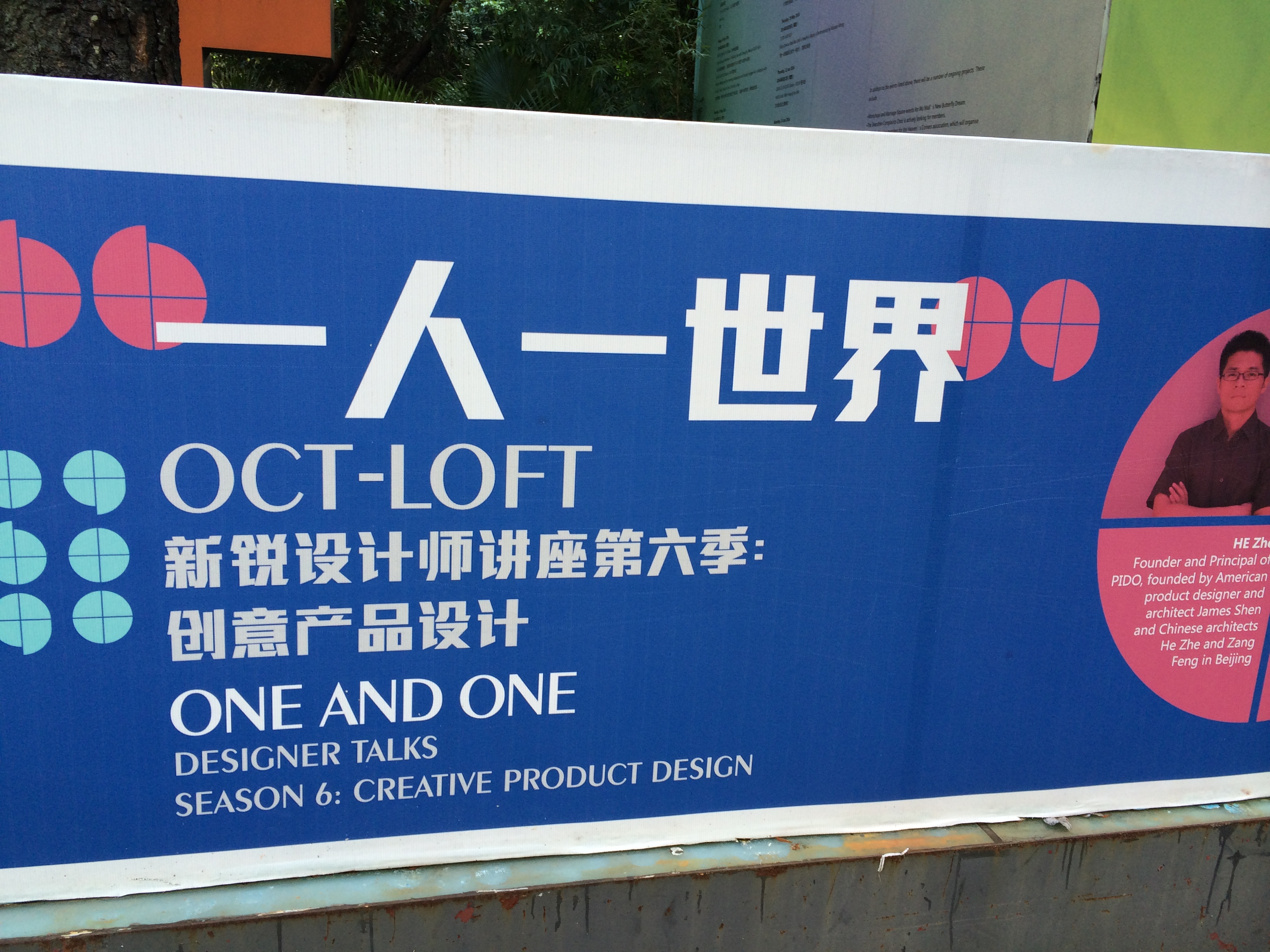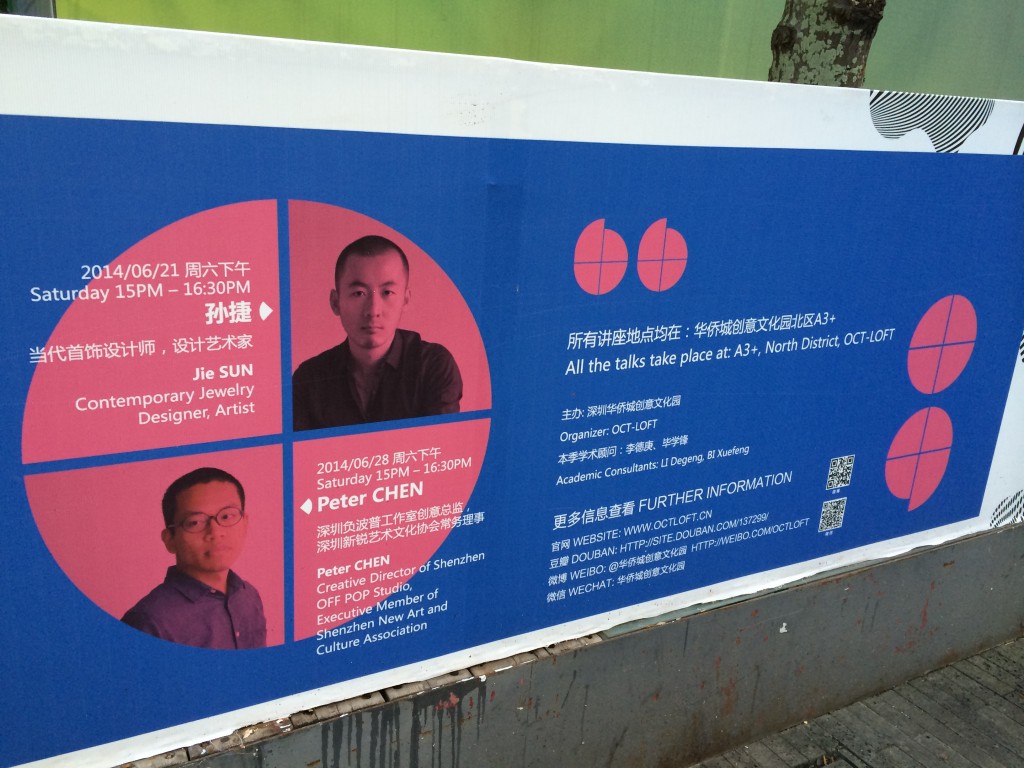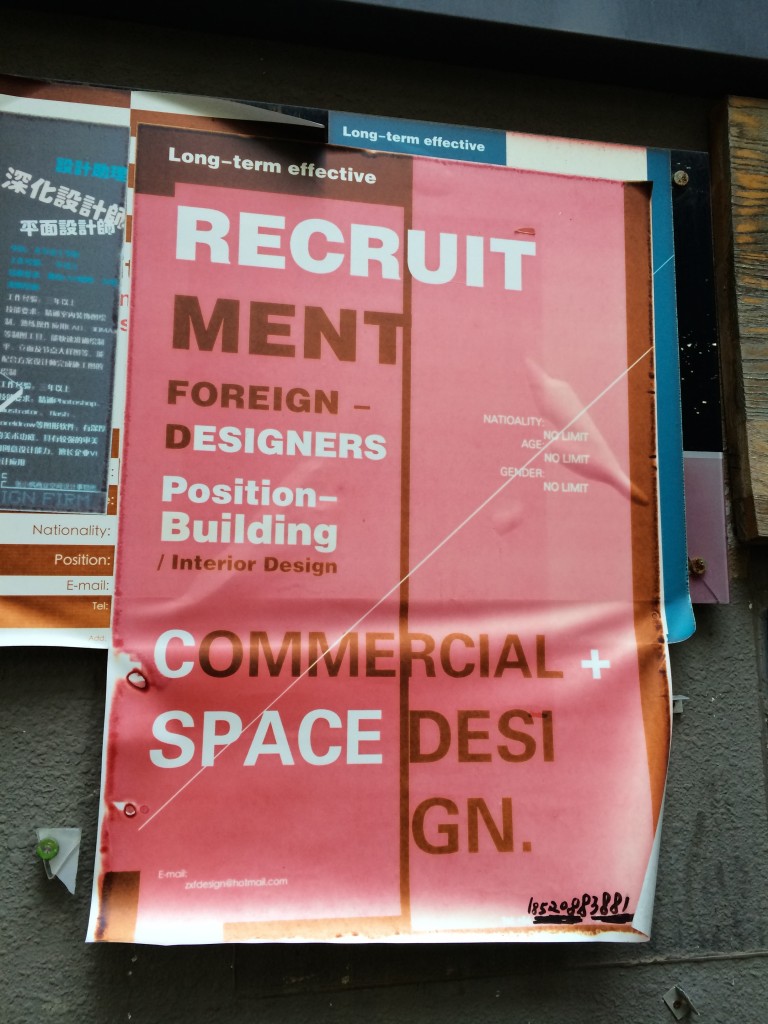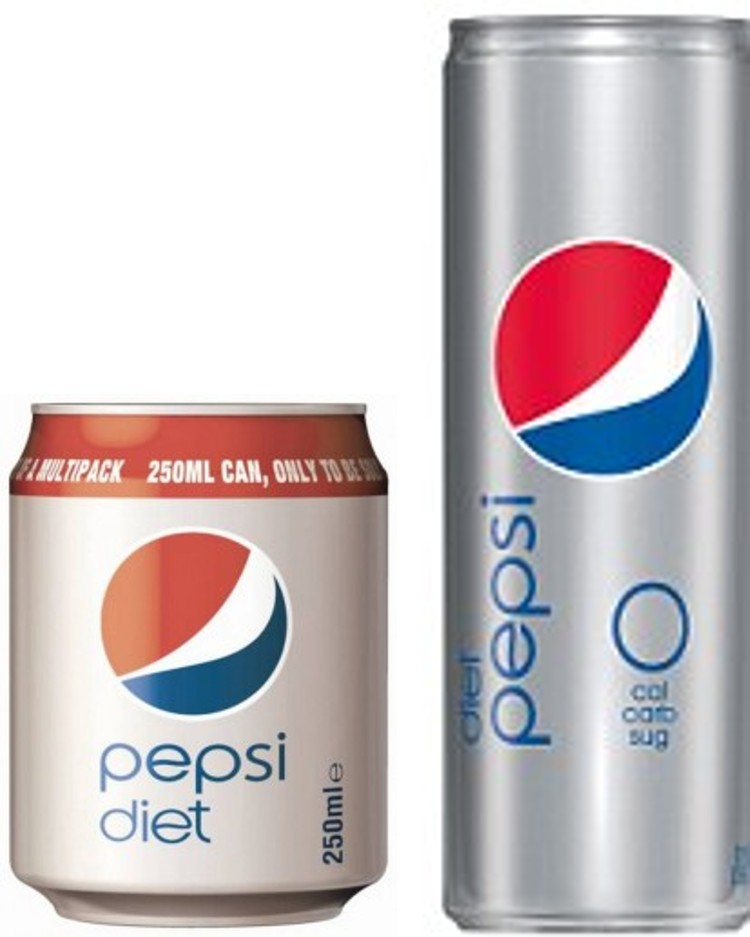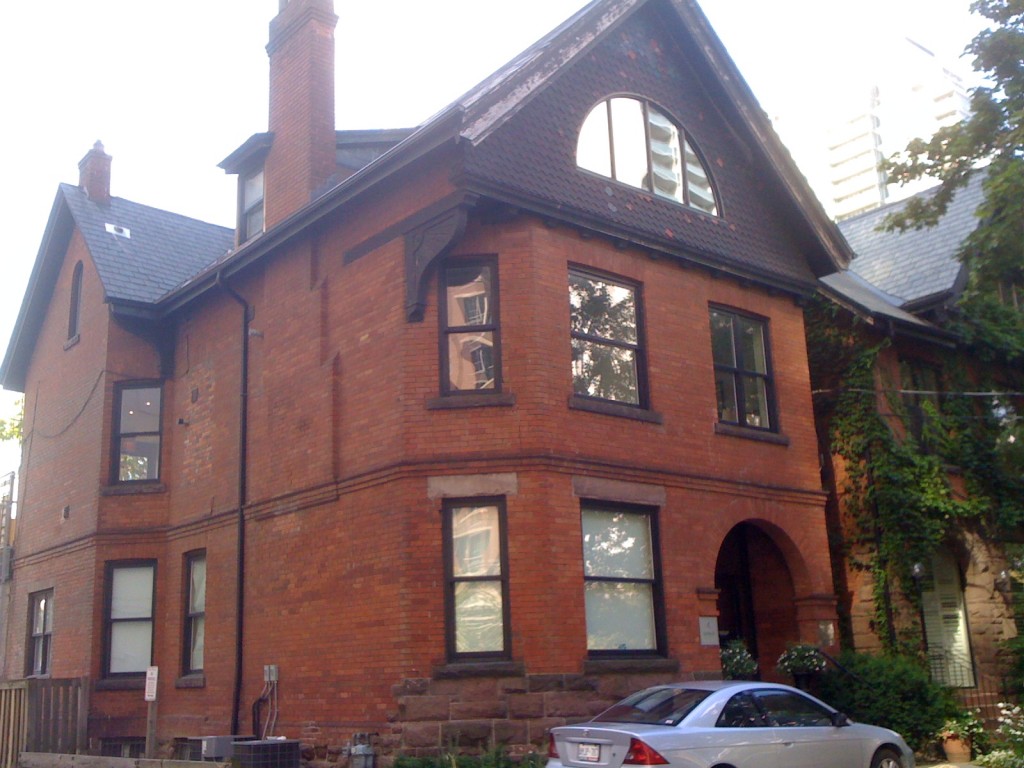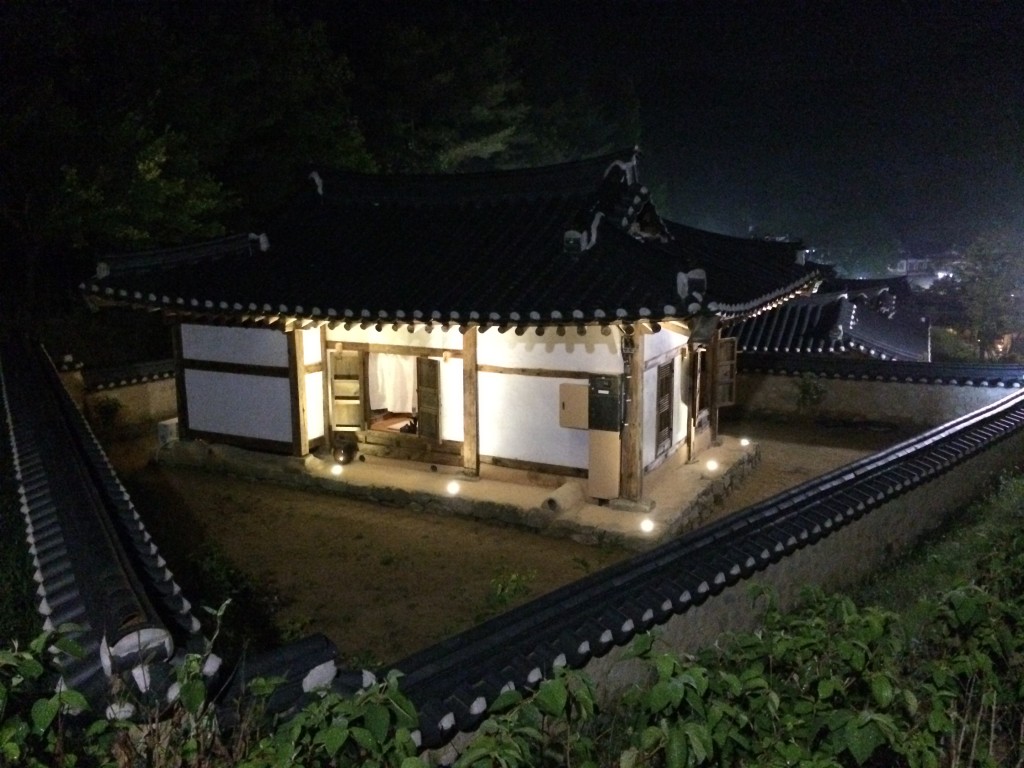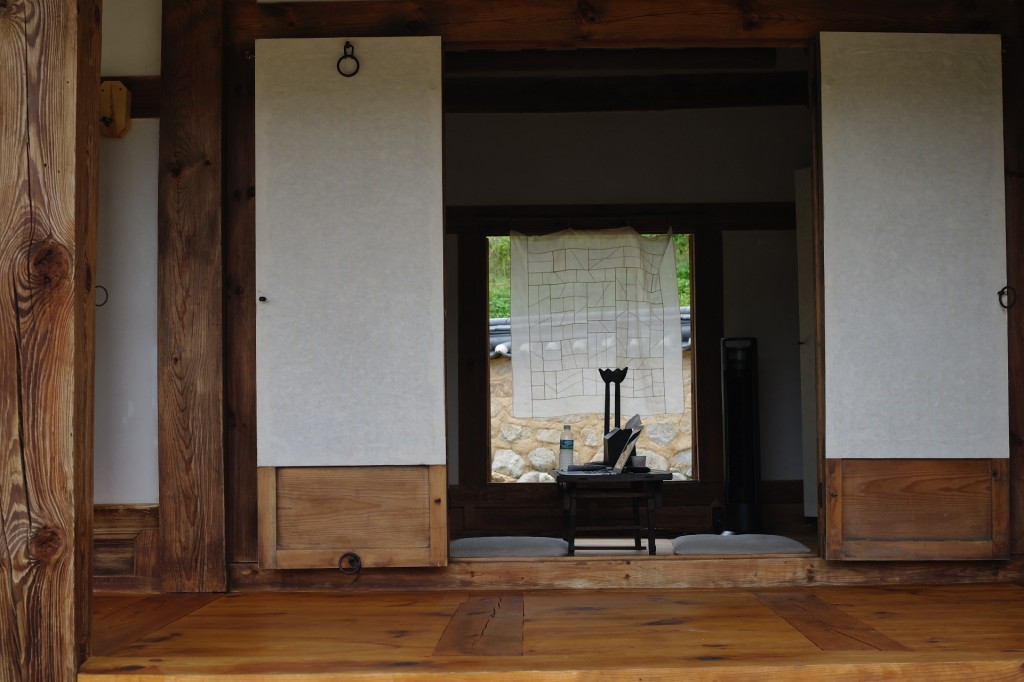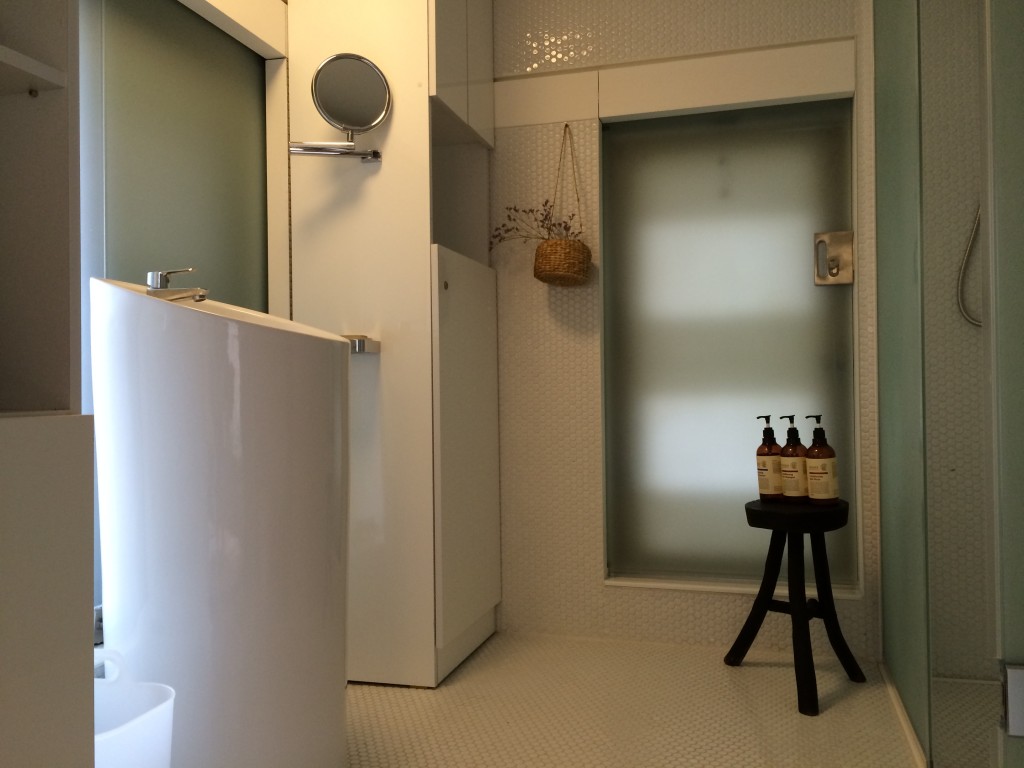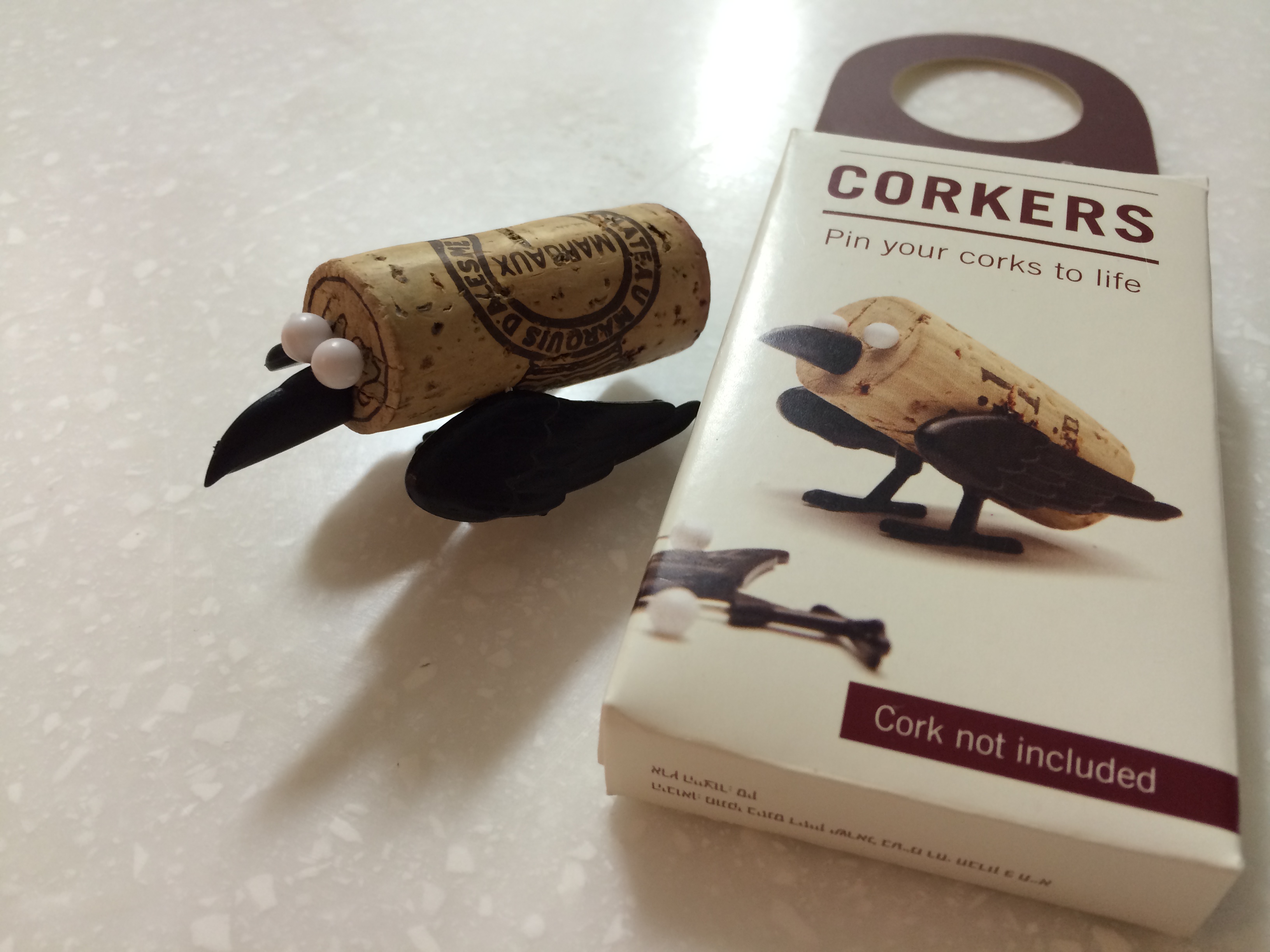I have recently visited an interesting exhibition. It was held by the Naeum, a project group of eight people who study fragrance for empathy. Differently from others interested in developing fancy and welcoming odors, they try to create a wide variety of unique smells and then enjoy them with others. In this exhibition, they introduced a series of uniquely engineered smells that evoke specific childhood memories such as a handful wood, sense of sunshine, cut grass, decay, and painkiller, to name a few. These odors called upon my childhood memories vividly. In fact, Play Doh Cologne does same to many.
This exhibition was divided into multiple sections. In each section, a word or sentence was written on the wall and multiple white-colored ceramic bars were located underneath. These white bars gave off a specific odor which associates the meaning of the word. For instance, the white bars located under the “sense of sunshine” smelled like the detergents or newly washed clothes.
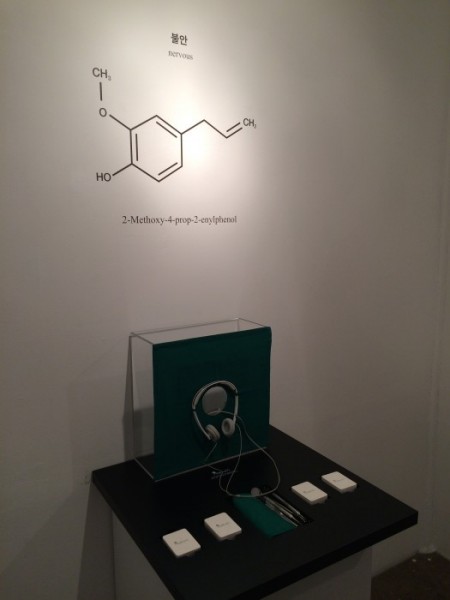
Among many sections, I enjoyed the “nervous” one the most. It rejuvenated my experience of the dental clinic through cross modal cues (picture). In this section, I sniffed its unique odors from the white bars, I looked at the green operating gown and shiny dental instruments, and I listened to the grinding sound from the speakers all together. I learned that carefully planned and well balanced multi-modal stimuli can make people time travel (see more info at the Crossmodal Research Laboratory).


